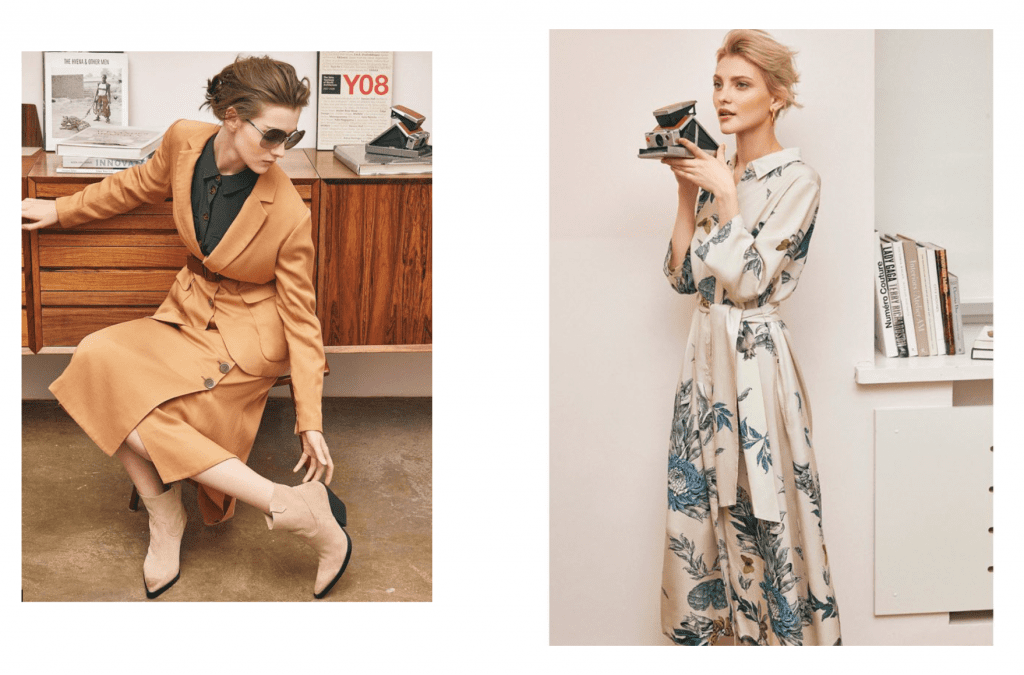Russia has never been among the world’s traditional fashion capitals. However, with a surge in demand for “Post-Soviet” style, a handful of internationally-acclaimed designers to go with it, and a fashion sector that is growing, despite a fall in national disposable income and slowing private consumption), thanks to sizable Chinese spending (which amounted to roughly $2 billion in 2016), the Eastern European nation is hoping to change perceptions about its ability to make a name for itself in fashion.
With ambitions to become a more central hub for both Russian fashion and Western luxury brands’ products, as evidenced by the Russian government’s implementation of tax-free shopping for tourists in a number of notable stores beginning in early 2018, the government is also seeking to ensure that its home-grown talent is protected from copycats. With that in mind, the State Duma of the Russian Federation adopted a bill late last year that will – as of June 2019 – extend its current system of legal protections to “industrial designs,” including fashion.
The newly-adopted bill will serve to allow for a temporary, unregistered form of protection for industrial designs in order to fill the void left by the current design protection scheme. As of now, designers and brands are typically forced to wait between 6 and 20 months for the Russian Patent and Trademark Office (“RPTO”) to examine a design application and issue a patent registration. By way of the new bill, applicants will be able to obtain protection within 2 to 3 months of filing an application with the RPTO, a timeframe that is generally deemed to be more suitable for the fast-changing, trend-driven, and inherently seasonal nature of the fashion industry.
The newly-created protections aim to provide specifically for industrial designs with a short product life cycle, such as fashion designs, will begin from the date a party’s application is published by the RPTO and last until a design patent is granted (or the application is ultimately denied). This interim protection will enable the applicants to seek monetary damages for unauthorized copying or usage of their design during this period.
According to Ekaterina Fourmanova and Alexander Christophoroff, intellectual property counsel at Gowling WLG’s Moscow office, “The new law is the next step not only in harmonizing of Russia’s design law, but also supporting the consumer goods industry by strengthening industrial design protection mechanisms.” The design amendments have been “welcomed by the fashion and consumer goods industries, whose seasonal goods lacked this much-needed immediate protection.”
The new law is expected “to stimulate the number of design applications led for protection,” per Fourmanova and Christophoroff, “and to contribute to the overall development of the country’s consumer goods industry,” which, of course, bodes well for its quest to hold its own on the international fashion stage.











